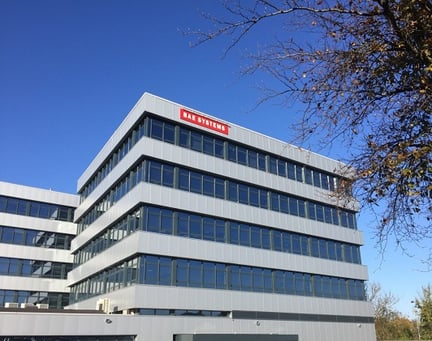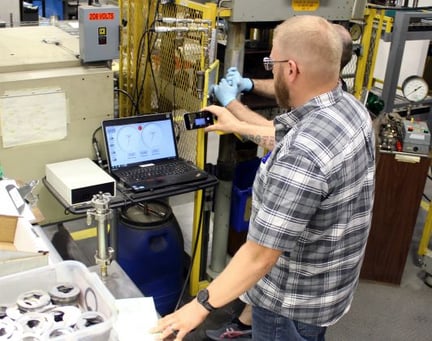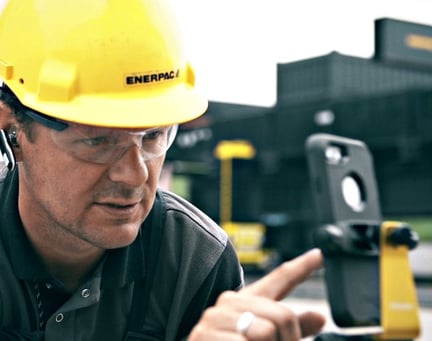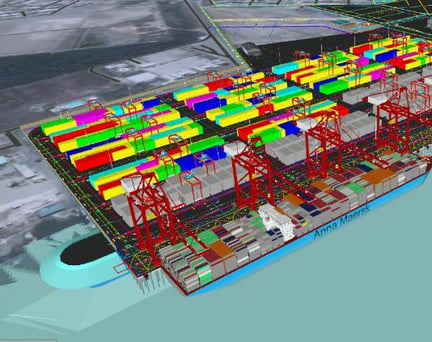The Digital Revolution has opened some exciting doors in the way organisations measure health and safety in real-time. Here, James Pomeroy – our group health, safety, environment and security director - talks about the hurdles to watch out for.
Safety is no longer just a checklist on paper. IoT sensors – supported by artificial intelligence (AI) – will turn safety products such as workwear, alarms and personal protective equipment into revolutionary assets. These assets will have built-in sensors that can monitor everything, from safety alarms and weather to the location and wellbeing of the workers wearing them.
Benefits of IoT technologies
IoT technologies bring many exciting advancements in the way an organisation monitors health and safety. These include managing risks on complex sites, enhancing how we learn from errors, and monitoring exposure and triggers alerts. It also improves work planning and set-up, as well as operational efficiency and emergency responses.
Organisations currently use global positioning system signals to locate their staff and business travellers. But IoT devices will bring this to another level, enabling organisations to better control work on complex sites.
Another way in which IoT technology is innovating health and safety is through sensors within smart Personal Protective Equipment (PPE) vehicles and assets, which are all interconnected. Moving vehicles and objects are one of the most common causes of fatalities, with around 50 people killed and more than 5,0000 hurt each year. Currently, traffic on busy worksites is controlled using manual control measures, including signage, banksmen, speed limits and PPE. IoT warns workers in real-time if they are entering a danger zone or the path of moving vehicles.
What are the implications we need to consider?
All of this sounds like a goldmine to organisations who continue to witness accidents and fatalities, despite implementing safety initiatives. However, do we really understand the issues that this technology could raise? Furthermore, how can we bring them into the workforce in a way that engages workers? Here are four things to consider…
Employee concerns
With new changes comes communication. Every organisation knows the importance of consulting with their workforce and answering their concerns. In addition, businesses will need to think about how IoT technology will affect employees’ discernments on control and autonomy, which often trigger stress and mental health concerns.
Head-mounted displays - containing augmented reality – enables workers to intersect information such as plans and designs into their line of sight, and can also communicate directly with others using in-built camera to share images. The headsets also allow workers to call up instructions using speech recognition and use verbal demands to complete checklists. With this however, employers will need to consider the risk of eavesdropping and how to obtain permissions for voice recordings.
GDPR Concerns
As all organisations know, privacy legislations such as the EU’s GDPR and the US’ Health Insurance Portability and Accountability Act 1996, play a huge part in how they handle data lawfully. Wearables, which monitors a worker’s physical status and warns when conditions become dangerous, will collect a wealth of personal health data linked to that individual.
Organisations will need to consider how they use, retain and potentially share that data, and that their third-party providers have systems in place to securely manage the data they access and gather. They will also need to consider how the company complies with the six principals of GDPR, particularly in retaining, withdrawing and deleting data.
In order to tackle privacy concerns, employers will need to build trust with their employees early through transparent dialogue about what they intend to do with information gathered.
Will the technology be desirable or mandatory?
Wearables that are used as a formal monitoring technique for workplace hazards will be deemed a mandatory part of the worker’s job. In this instance, organisations will need to communicate if the device or technology is desirable or mandatory. If it is the latter, then they will need to carry out a formal consultative process, including possible inclusion in the worker’s employment contract.
Just and fair investigations
Employers should consider how the data will be used after an incident and how the information fits within the “just and fair” approach, which is integral to all investigations. With data collected from wearables, hearables and tracking devices, investigators will know more about an incident than the victim can remember. This changes the way investigations are conducted, and employers should plan in advance for this.
Workers are key to making IoT technology a success
There is large potential in how IoT technology can be used to manage health and safety risks. However, this can only be maximised if we acknowledge the part workers will play in all of this. They are the ones who are at most risk of being injured due to the limitations of current safety procedures, will have more knowledge of how work is conducted, and will be able to pinpoint where IoT technology will have its largest impact. Organisations must work together with their employees through early engagement and transparency on how their data will be managed.













